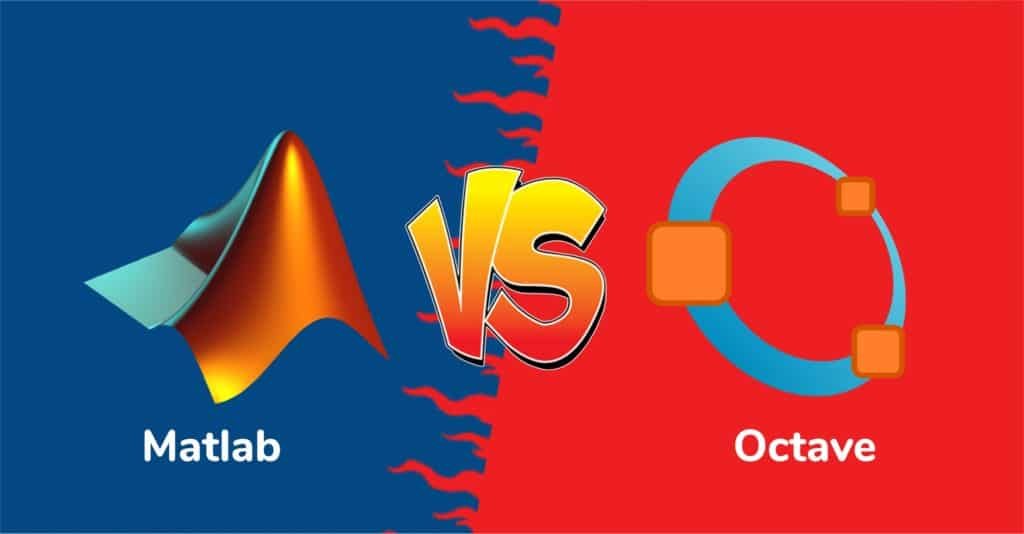Deep learning, a smart part of computers, can help us solve real-world problems. It’s like training computers to learn, similar to how people do. In today’s world, deep learning is super important for making things better in fields like healthcare and finance.
In this blog, we will make deep learning easy to understand. We will talk about what it is different types of deep learning and explain how it works in a simple way. Most importantly, we will give you 9+ steps on how to use deep learning to solve real-world problems. We will show you how it can help with things like recognizing pictures or understanding language.
So, stay tuned with us to learn more about using deep learning to solve real problems. We will help you to become a better problem solver.
What Is Deep Learning?
Table of Contents
Deep learning is like teaching a computer to understand things on its own. It is part of a big computer idea called artificial intelligence. Deep learning uses special computer connections, kind of like brain cells, to learn from lots of information, like pictures or words. It learns patterns and can guess things.
For example, think of teaching a computer to tell cats from dogs by showing many pictures. Deep learning helps the computer figure out what makes a cat different from a dog, like their ears or tails, without telling it directly. This makes deep learning good for things like seeing pictures, understanding speech, and playing games. It is like making a smart computer brain that can do all sorts of stuff by itself.
Types Of Deep Learning Models
Here we will discuss few types of deep learning models:
1. Feedforward Neural Networks (FNN)
FNNs can be used to predict stock prices based on historical data, enabling investors to make informed decisions.
2. Convolutional Neural Networks (CNN)
CNNs are employed in medical image analysis to detect and diagnose diseases like cancer from X-rays and MRIs.
3. Recurrent Neural Networks (RNN)
RNNs are utilized in natural language processing for sentiment analysis of social media posts to gauge public opinion.
4. Generative Adversarial Networks (GAN)
GANs are employed in the fashion industry to generate realistic images of clothing for online catalogs and advertisements.
5. Autoencoders
Autoencoders can be used in anomaly detection for cybersecurity, identifying unusual network activity.
Read More
How Does Deep Learning Work?
It is a way for computers to learn and make decisions like humans, using special computer brains called neural networks.
1. Neural Networks
Neural networks are like computer brains made of connected parts that learn from data. They are made of layers of nodes, which are like tiny decision-makers.
2. Learning from Data
To teach a computer with deep learning, you show it many examples, and it learns by finding patterns in the data. For example, it can learn to tell cats from dogs by looking at lots of cat and dog pictures.
3. Layers of Learning
Deep learning often has many layers that each learns different things, like shapes in pictures or words in sentences. These layers work together to understand more complex things.
4. Adjusting Connections
Deep learning keeps changing the connections between its parts to improve at tasks, like practicing to get better. It adjusts these connections based on how well it is doing.
5. Making Predictions
Once it learns from data, the computer can make smart guesses and decisions, like understanding pictures or what you say to it. It gets smarter as it learns more and can even help with things like self-driving cars or medical diagnoses.
After discussing the meaning, models and how does it work we will now discuss some steps on how to use deep learning to solve real-world problems.
9+ Best Steps On How To Use Deep Learning To Solve Real-World Problems
Here are some simple steps on how to use deep learning to solve real-world problems:
1. Understand the Problem
Before you begin using deep learning, it is crucial to have a thorough understanding of the real-world problem you’re trying to solve. This means knowing the specific details of the problem, what outcomes you want to achieve, and what data is relevant to it. The more you understand the problem, the better you can tailor your deep learning approach to address it effectively. This is the first and main step on how to use deep learning to solve real-world problems, you have to understand the problem carefully.
2. Collect Quality Data
Deep learning heavily relies on the data you feed it. It’s essential to gather high-quality data that accurately represents the problem you’re tackling. This involves not only collecting a sufficient amount of data but also ensuring it’s clean, free from errors, and relevant to the problem. Poor data quality can significantly impact the performance of your deep learning model.
3. Choose the Right Deep Learning Model
Selecting the appropriate deep-learning architecture is vital. Different problems require different types of models. For instance, if you are working with images, Convolutional Neural Networks (CNNs) are often the best choice, as they excel at image-related tasks. If you’re dealing with sequential data, Recurrent Neural Networks (RNNs) or Transformers may be more suitable.
4. Preprocessing the Data
Before feeding your data into a deep learning model, you need to preprocess it. This means tasks like normalizing the data (making sure it’s on a consistent scale), scaling it to appropriate ranges, and splitting it into training, validation, and test sets. Proper data preprocessing ensures your model can learn effectively from the data.
5. Build and Train the Model
With your data ready, it’s time to create your deep learning model using a framework like TensorFlow or PyTorch. During training, the model learns patterns and relationships within the data. This process may require adjusting various parameters and hyperparameters, such as the number of layers and the learning rate, to achieve the best results.
6. Regularize Your Model
Regularization methods can be used to stop overfitting, which happens when your model becomes too specialized in the training data and doesn’t work well with new data. Common approaches include dropout, which randomly deactivates some neurons during training, and L2 regularization, which penalizes large weights in the model.
7. Evaluate Model Performance
Once your model is trained, you need to assess its performance. This involves using specific metrics, such as accuracy, precision, recall, and F1 score, to measure how well it’s solving the real-world problem. You typically do this on a separate validation dataset to ensure your model generalizes well beyond the training data.
8. Hyperparameter Tuning
Experimenting with different hyperparameters is crucial to improving your model’s performance. These hyperparameters include learning rate, batch size, and the number of hidden layers. You will need to find the right combination that optimizes your model’s accuracy and efficiency.
9. Deploy the Model
Once your deep learning model consistently performs well on your validation data, it is time to deploy it in the real world. This may involve integrating it into an application, system, or platform where it can provide solutions or insights based on the problem it was designed to solve.
10. Monitor and Update
Choosing your model is not the end of the journey. Continuously monitor its performance in the real world. As new data becomes available and the problem evolves, you may need to retrain and update your model to ensure it remains effective over time.
Benefits Of Using Deep Learning To Solve Real-World Problems
Here are some benefits of using deep learning to solve real-world problems:
- Deep learning improves accuracy by learning from vast datasets, leading to more precise solutions in various domains.
- It automates complex tasks, reducing human intervention and increasing efficiency.
- Deep learning can be applied to diverse real-world challenges, from image recognition to natural language processing.
- It can handle large-scale data, making it suitable for industries dealing with massive datasets.
- Deep learning speeds up decision-making processes, saving time in critical applications.
- It enables personalized recommendations and services, enhancing user experiences.
- Automation and efficiency lead to cost savings in operations and maintenance.
- Deep learning models can adapt to changing environments and evolving data.
- It provides predictive insights, aiding in forecasting and proactive decision-making.
- Deep learning encourage innovation by enabling the development of cutting-edge technologies and solutions.
Conclusion
Deep learning is a useful way to solve problems in the real world. We have covered the basics of what it is and the different types of models. Deep learning works by using layers of artificial brain cells to learn from data. We have given you more than nine practical steps to use deep learning effectively, like getting the data ready and picking the right model.
Moreover, using deep learning has many benefits, like making medical diagnoses more accurate and improving how technology works for us. It is not just a tech thing; it’s a way to find smart solutions for big challenges in our world.


